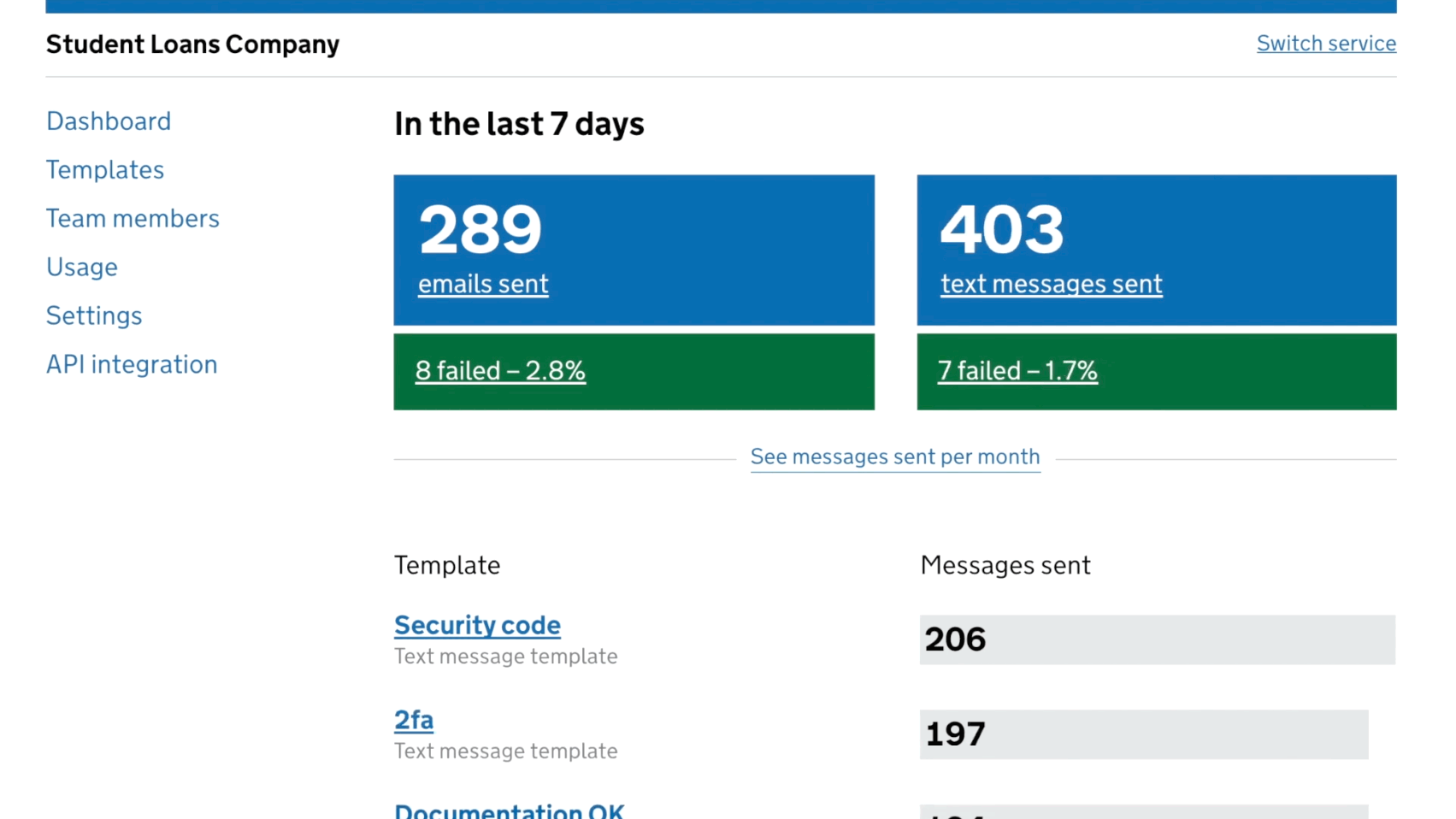Home
›
Public Product Organizations
Digital public products need sustainable vehicles
Any open software developed by a government or their vendor needs a public product organization—an organization built around a sustainable, strategic, and collaborative model.

Defining the public product organization
A non-profit entity, established as a hub for open collaboration, which can be a cooperative comprised of public organizations. They steward and scale public software in perpetuity, by providing reliable maintenance and responsive development. They can:
Create governance structures
Steer design and specification
Orchestrate development
Respond to bugs and security concerns
Build sustainable financial models to allow for reliable, continuous delivery
Grow and support communities of practice, involving stakeholders and developers from public implementers and an ecosystem of vendors
Generate awareness of the product as an offering to public organizations who are looking to implement such a solution
Six pillars of successful public product organizations
1
Governance
Crucial to sustainable collaborative development is a community-endorsed model for how decisions are made about the core product and its future.
Good governance allows participating public entities to trust that their invested resources and policy commitments in a specific public product will continue to serve their constituents.
2
Community of practice
A dynamic ecosystem of implementers, developers, and stakeholders that sustains a public product needs active tending and orchestration.
A public product organization must provide contexts for communication, scheduling, and knowledge sharing resources to help the community thrive.
3
Codebase stewardship
The beating heart of a dynamic public product is its codebase. A clear process for open technical collaboration through continuous integration enables the entire community to power the engine that moves the product forward.
Codebase stewards should look to the Standard for Public Code for guidance on best practices.
4
Financial model
Perhaps the most common reason public product organizations fail is due to the lack of a sustainable financial model.
Public funding, philanthropic grants, membership dues, vendor certification, and service contracts enable public product organizations to fund their activities and product development.
5
Awareness & communications
As the growth of a public product community distributes the costs and responsibilities of development and maintenance across a larger set of contributors, increasing awareness of the product’s availability, adaptability, and successful deployment is key to the ecosystem’s success.
6
Organizational structure
Public product organizations can take many forms, and will have different vehicles in different jurisdictions, but a well defined organizational structure that spells out the different processes, roles and how they relate to each other is critical for successful long-term collaboration.
Our role
The Foundation for Public Code works with these groups to establish Public Product Organizations, which develop and maintain digital public products so that they are reliable, high-quality, and centered on public purpose.
More broadly, the Foundation supports communities of open practice, providing guidance on governance, codebase stewardship, financial modeling, technical and product steering processes, community growth and broader awareness. We also work with public administrations to understand how to implement and participate in public products, and with development communities on how to connect, grow, and sustain.
Our goal is a healthy ecosystem of stable digital infrastructural organizations with modern product offerings and development practices.
Our goal
A healthy ecosystem of stable digital infrastructural organizations with modern product offerings and development practices.
Examples of public code


DIIA
Groundbreaking mobile application that connects 19 million Ukrainians with more than 120 government services. One of the most modern “e-state” platforms in the world.
The Foundation worked with the Ukrainian DIIA team on the process of replicating the codebase to Estonia, and supported the decision to open the codebase from the very beginning.
Now, we are helping other public administrations understand how to implement and participate in DIIA.
Creator
Ukraine Ministry of Digital Transformation
Primary Replicator
National and State Governments
Who should get involved?
State governments looking to implement e-state mobile platforms
Learn more
Visit
diia.gov.ua


Notify
GOV.UK Notify makes it easy for public sector service teams to send emails, text messages and letters.
This project is an important one to track, because it has been used widely across public administrations, but not through an ideal process. Instead the codebase has been forked by the downstream users, which diverges the development process and does not capture the benefits of inter-administration collaboration.
The Foundation for Public Code is working with the various implementers to convene a community of practice and determine what collaborative efforts can still be effective.
Creator
UK Government Digital Service
Replicators
Canadian Digital Service, United States Digital Service, etc
Who should get involved?
City, state, and national governments in need of messaging solutions
Join the community of practice
Email us at
join-notify@publiccode.net

Spacecraft
Spacecraft is working to create an open modular server architecture for creating, orchestrating, and sharing room-scale or multi-room interactive spatial applications.
Use cases for public administrations and institutions include museum exhibition design, library archive visualization and exploration, urban planning simulation, or dynamic environments for theater, dance, and music performance.
A game engine orchestrates screens, projectors, speakers, lighting, and any number of mobile devices into immersive interactive environments.
Initiator
A forming network of public institutions to procure new platforms
Who should get involved?
State and city and public institution spatial experience designers
Learn more
Email us at
contact@publiccode.net
Public Geospatial Server
One of the primary building blocks of a digitally transformed public service is geospatial data, which enables powerful applications across almost all facets of municipal and state administration.
While there are many applications with extensive functionality that serve this need, the Public Geospatial Server is a baseline open platform which public administrations can use to make embeddable maps for internal and constituent-facing applications, leveraging open geo-databases to create services and information resources.
Initiator
A forming network of city, state, and federal agencies
Who should get involved?
State and city geospatial data producers and users
Learn more
Email us at
contact@publiccode.net

Foundation forPublic Code
Public Code
Product Orgs
The Standard
About
Support us

Home
›
Public Product Organizations
Digital public products need sustainable vehicles
Any open software developed by a government or their vendor needs a public product organization—an organization built around a sustainable, strategic, and collaborative model.

Defining the public product organization
A non-profit entity, established as a hub for open collaboration, which can be a cooperative comprised of public organizations. They steward and scale public software in perpetuity, by providing reliable maintenance and responsive development. They can:
Create governance structures
Steer design and specification
Orchestrate development
Respond to bugs and security concerns
Build sustainable financial models to allow for reliable, continuous delivery
Grow and support communities of practice, involving stakeholders and developers from public implementers and an ecosystem of vendors
Generate awareness of the product as an offering to public organizations who are looking to implement such a solution
Six pillars of successful public product organizations
1
Governance
Crucial to sustainable collaborative development is a community-endorsed model for how decisions are made about the core product and its future.
Good governance allows participating public entities to trust that their invested resources and policy commitments in a specific public product will continue to serve their constituents.
2
Community of practice
A dynamic ecosystem of implementers, developers, and stakeholders that sustains a public product needs active tending and orchestration.
A public product organization must provide contexts for communication, scheduling, and knowledge sharing resources to help the community thrive.
3
Codebase stewardship
The beating heart of a dynamic public product is its codebase. A clear process for open technical collaboration through continuous integration enables the entire community to power the engine that moves the product forward.
Codebase stewards should look to the Standard for Public Code for guidance on best practices.
4
Financial model
Perhaps the most common reason public product organizations fail is due to the lack of a sustainable financial model.
Public funding, philanthropic grants, membership dues, vendor certification, and service contracts enable public product organizations to fund their activities and product development.
5
Awareness & communications
As the growth of a public product community distributes the costs and responsibilities of development and maintenance across a larger set of contributors, increasing awareness of the product’s availability, adaptability, and successful deployment is key to the ecosystem’s success.
6
Organizational structure
Public product organizations can take many forms, and will have different vehicles in different jurisdictions, but a well defined organizational structure that spells out the different processes, roles and how they relate to each other is critical for successful long-term collaboration.
Our role
The Foundation for Public Code works with these groups to establish Public Product Organizations, which develop and maintain digital public products so that they are reliable, high-quality, and centered on public purpose.
More broadly, the Foundation supports communities of open practice, providing guidance on governance, codebase stewardship, financial modeling, technical and product steering processes, community growth and broader awareness. We also work with public administrations to understand how to implement and participate in public products, and with development communities on how to connect, grow, and sustain.
Our goal is a healthy ecosystem of stable digital infrastructural organizations with modern product offerings and development practices.
Our goal
A healthy ecosystem of stable digital infrastructural organizations with modern product offerings and development practices.
Examples of public code


DIIA
Groundbreaking mobile application that connects 19 million Ukrainians with more than 120 government services. One of the most modern “e-state” platforms in the world.
The Foundation worked with the Ukrainian DIIA team on the process of replicating the codebase to Estonia, and supported the decision to open the codebase from the very beginning.
Now, we are helping other public administrations understand how to implement and participate in DIIA.
Creator
Ukraine Ministry of Digital Transformation
Primary Replicator
National and State Governments
Who should get involved?
State governments looking to implement e-state mobile platforms
Learn more
Visit
diia.gov.ua


Notify
GOV.UK Notify makes it easy for public sector service teams to send emails, text messages and letters.
This project is an important one to track, because it has been used widely across public administrations, but not through an ideal process. Instead the codebase has been forked by the downstream users, which diverges the development process and does not capture the benefits of inter-administration collaboration.
The Foundation for Public Code is working with the various implementers to convene a community of practice and determine what collaborative efforts can still be effective.
Creator
UK Government Digital Service
Replicators
Canadian Digital Service, United States Digital Service, etc
Who should get involved?
City, state, and national governments in need of messaging solutions
Join the community of practice
Email us at
join-notify@publiccode.net

Spacecraft
Spacecraft is working to create an open modular server architecture for creating, orchestrating, and sharing room-scale or multi-room interactive spatial applications.
Use cases for public administrations and institutions include museum exhibition design, library archive visualization and exploration, urban planning simulation, or dynamic environments for theater, dance, and music performance.
A game engine orchestrates screens, projectors, speakers, lighting, and any number of mobile devices into immersive interactive environments.
Initiator
A forming network of public institutions to procure new platforms
Who should get involved?
State and city and public institution spatial experience designers
Learn more
Email us at
contact@publiccode.net
Public Geospatial Server
One of the primary building blocks of a digitally transformed public service is geospatial data, which enables powerful applications across almost all facets of municipal and state administration.
While there are many applications with extensive functionality that serve this need, the Public Geospatial Server is a baseline open platform which public administrations can use to make embeddable maps for internal and constituent-facing applications, leveraging open geo-databases to create services and information resources.
Initiator
A forming network of city, state, and federal agencies
Who should get involved?
State and city geospatial data producers and users
Learn more
Email us at
contact@publiccode.net

Foundation for Public Code
Public Code
Product Orgs
The Standard
About
Support us

Home
›
Public Product Organizations
Digital public products need sustainable vehicles
Any open software developed by a government or their vendor needs a public product organization—an organization built around a sustainable, strategic, and collaborative model.

Defining the public product organization
A non-profit entity, established as a hub for open collaboration, which can be a cooperative comprised of public organizations. They steward and scale public software in perpetuity, by providing reliable maintenance and responsive development. They can:
Create governance structures
Steer design and specification
Orchestrate development
Respond to bugs and security concerns
Build sustainable financial models to allow for reliable, continuous delivery
Grow and support communities of practice, involving stakeholders and developers from public implementers and an ecosystem of vendors
Generate awareness of the product as an offering to public organizations who are looking to implement such a solution
Six pillars of successful public product organizations
1
Governance
Crucial to sustainable collaborative development is a community-endorsed model for how decisions are made about the core product and its future.
Good governance allows participating public entities to trust that their invested resources and policy commitments in a specific public product will continue to serve their constituents.
2
Community of practice
A dynamic ecosystem of implementers, developers, and stakeholders that sustains a public product needs active tending and orchestration.
A public product organization must provide contexts for communication, scheduling, and knowledge sharing resources to help the community thrive.
3
Codebase stewardship
The beating heart of a dynamic public product is its codebase. A clear process for open technical collaboration through continuous integration enables the entire community to power the engine that moves the product forward.
Codebase stewards should look to the Standard for Public Code for guidance on best practices.
4
Financial model
Perhaps the most common reason public product organizations fail is due to the lack of a sustainable financial model.
Public funding, philanthropic grants, membership dues, vendor certification, and service contracts enable public product organizations to fund their activities and product development.
5
Awareness & communications
As the growth of a public product community distributes the costs and responsibilities of development and maintenance across a larger set of contributors, increasing awareness of the product’s availability, adaptability, and successful deployment is key to the ecosystem’s success.
6
Organizational structure
Public product organizations can take many forms, and will have different vehicles in different jurisdictions, but a well defined organizational structure that spells out the different processes, roles and how they relate to each other is critical for successful long-term collaboration.
Our role
Thousands of public administrations, software developers, and open source collaboratives around the world are building digital public products that provide significant value to administrations and their constituencies.
The Foundation for Public Code works with these groups to establish public product organizations, which develop and maintain digital public products so that they are reliable, high-quality, and centered on public purpose.
More broadly, the Foundation supports communities of open practice, providing guidance on governance, codebase stewardship, financial modeling, technical and product steering processes, community growth and broader awareness. We also work with public administrations to understand how to implement and participate in public products, and with development communities on how to connect, grow, and sustain.
Our goal
A healthy ecosystem of stable digital infrastructural organizations with modern product offerings and development practices.
Examples of public code


DIIA
Groundbreaking mobile application that connects 19 million Ukrainians with more than 120 government services. One of the most modern “e-state” platforms in the world.
The Foundation worked with the Ukrainian DIIA team on the process of replicating the codebase to Estonia, and supported the decision to open the codebase from the very beginning.
Now, we are helping other public administrations understand how to implement and participate in DIIA.
Creator
Ukraine Ministry of Digital Transformation
Primary Replicator
National and State Governments
Who should get involved?
State governments looking to implement e-state mobile platforms
Learn more
Visit
diia.gov.ua


Notify
GOV.UK Notify makes it easy for public sector service teams to send emails, text messages and letters.
This project is an important one to track, because it has been used widely across public administrations, but not through an ideal process. Instead the codebase has been forked by the downstream users, which diverges the development process and does not capture the benefits of inter-administration collaboration.
The Foundation for Public Code is working with the various implementers to convene a community of practice and determine what collaborative efforts can still be effective.
Creator
UK Government Digital Service
Replicators
Canadian Digital Service, United States Digital Service, etc
Who should get involved?
City, state, and national governments in need of messaging solutions
Join the community of practice
Email us at
join-notify@publiccode.net

Spacecraft
Spacecraft is working to create an open modular server architecture for creating, orchestrating, and sharing room-scale or multi-room interactive spatial applications.
Use cases for public administrations and institutions include museum exhibition design, library archive visualization and exploration, urban planning simulation, or dynamic environments for theater, dance, and music performance.
A game engine orchestrates screens, projectors, speakers, lighting, and any number of mobile devices into immersive interactive environments.
Initiator
A forming network of public institutions to procure new platforms
Who should get involved?
State and city and public institution spatial experience designers
Learn more
Email us at
contact@publiccode.net
Public Geospatial Server
One of the primary building blocks of a digitally transformed public service is geospatial data, which enables powerful applications across almost all facets of municipal and state administration.
While there are many applications with extensive functionality that serve this need, the Public Geospatial Server is a baseline open platform which public administrations can use to make embeddable maps for internal and constituent-facing applications, leveraging open geo-databases to create services and information resources.
Initiator
A forming network of city, state, and federal agencies
Who should get involved?
State and city geospatial data producers and users
Learn more
Email us at
contact@publiccode.net
